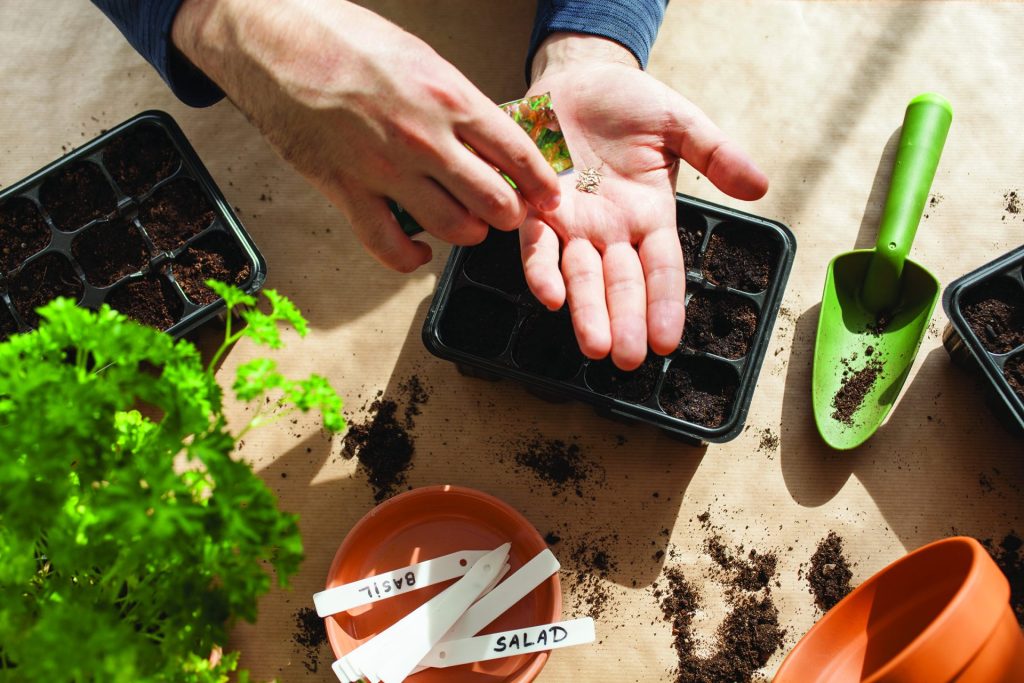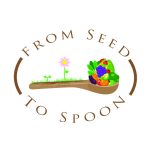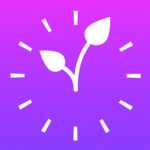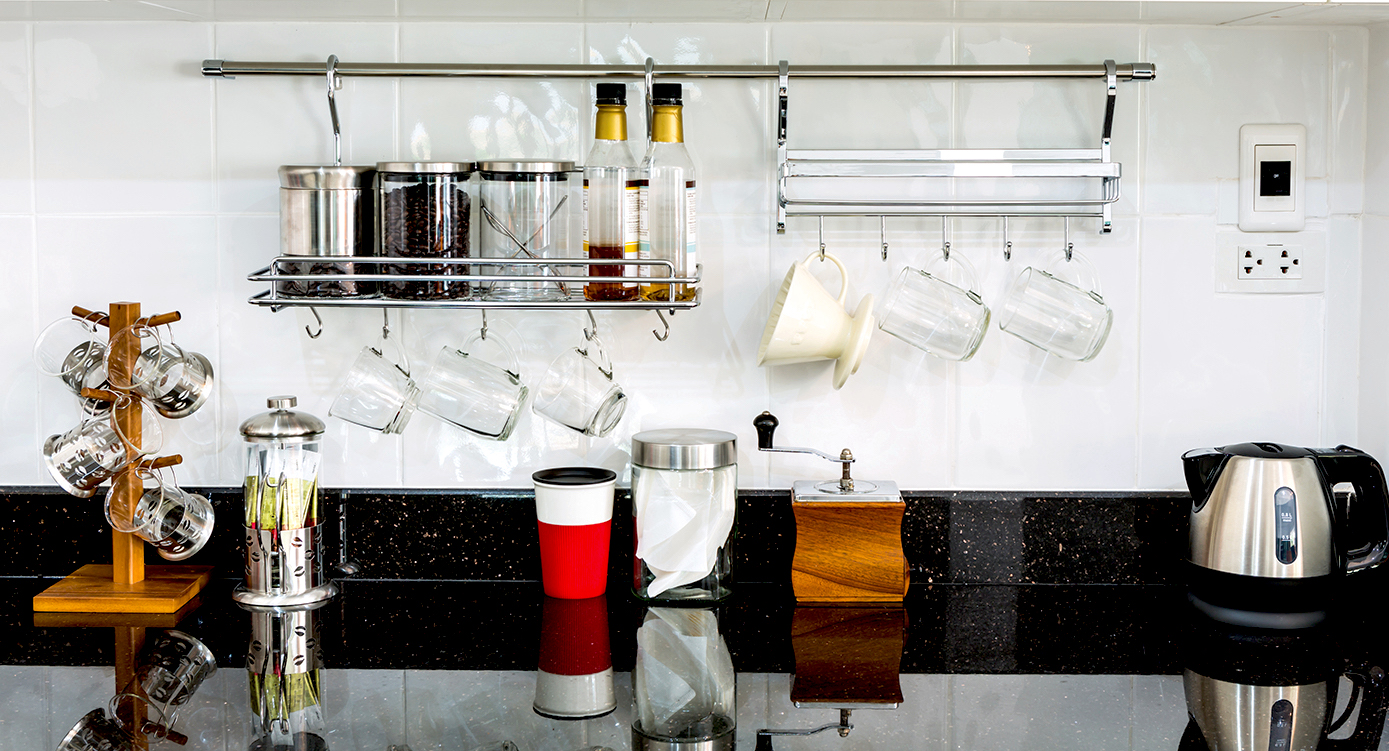Get a Jumpstart on Your Garden
03 Dec 2021
Experts from local nurseries, florists and gardening centers share advice for starting an indoor garden.
By Emma Polachek
Turn your attention toward a fruitful spring by getting your garden on indoors for an early start.
“When you go to do any indoor garden, the main thing is to make a plan,” says Brian H. Wheat, owner of Lafayette Florist and a CSU Master Gardener. “Ensuring variables like light, space and humidity are just right will start you out on the right foot.”
Here are some tips to get you growing the right way:
Pick Your Pot
A shallow container with drainage holes is Wheat’s trusty potting vessel, which will prevent your seeds from sitting in water. Water thoroughly, allow the water to drain, and repeat until saturated. Evenly applied moisture will save your seeds from rotting or drying out. Keeping a misting bottle or watering can handy helps the watering process run more smoothly.
Jared Borowsky of Harlequin’s Gardens in Boulder suggests a tray with individual cells for veggies. Plant about three seeds per cell to ensure at least one will germinate and have strong growth. Be sure to label your seedlings to keep track of which plants are which. Once your seeds are established and have grown roots, they can move outdoors (provided the air and soil temperature have risen high enough for that particular crop). With the option of planting new seeds weekly, your garden can offer a variety of timetables for harvesting.

Shed Light On the Matter
If using a grow light—most commonly, a broad-spectrum bulb—position it about seven inches above the plant. Overall, it’s imperative to find a healthy balance between sunlight and moisture, which can happen more easily by planting seeds together that have the same light and moisture requirements.
“As long as you have a sunny window or a grow light, you can start seeds anytime,” says Corinna Brink from The Flower Bin in Longmont.
Soil Sampling
Both Brink and Wheat encourage using a top-quality seed-starting soil to plant your seeds in. In Wheat’s words, “a plant is only as good as its soil.” Organic potting soil can replace an all-purpose blend, and it contains all organic ingredients. It’s a great option for vegetable and herb gardening. Take care when packing your soil to avoid it being either too compact or too loose. Press down enough to eliminate air pockets; this will make it easier to remove the seedlings once they are ready for transplanting.
One resounding suggestion is to trust the directions on the seed package when prepping to plant. Some seeds like to be soaked before planting, while some are quite small and only need to be pressed into the surface. Whatever the seed, the packages are user-friendly and will steer you in the right direction.
Though each seedling is different from the next, finding a balance is the overarching rule for any indoor garden. Find those sweet spots and when in doubt, refer to your friendly local nursery or gardening center experts.
Apps for Planning, Assessing and Caring for Any Garden:
 “PictureThis—Plant Identifier” identifies 1,000,000+ plants, diagnoses plant problems, records growth of plants.
“PictureThis—Plant Identifier” identifies 1,000,000+ plants, diagnoses plant problems, records growth of plants.
 “Planta: Keep your plants alive”
sends care reminders, meters light for any home space, recommends plants.
“Planta: Keep your plants alive”
sends care reminders, meters light for any home space, recommends plants.
 “From Seed to Spoon Gardening” makes growing food simple with guides for 100+ herbs, vegetables and fruits, customizes planting dates, plans garden space.
“From Seed to Spoon Gardening” makes growing food simple with guides for 100+ herbs, vegetables and fruits, customizes planting dates, plans garden space.
 “WaterMe—Gardening Reminders”
sends reminders for watering, fertilizing, trimming and more.
“WaterMe—Gardening Reminders”
sends reminders for watering, fertilizing, trimming and more.
 “Planter: Garden Planner”
includes square-foot gardening layout grid, planting calendar and information on 60+ fruits and vegetables.
“Planter: Garden Planner”
includes square-foot gardening layout grid, planting calendar and information on 60+ fruits and vegetables.












